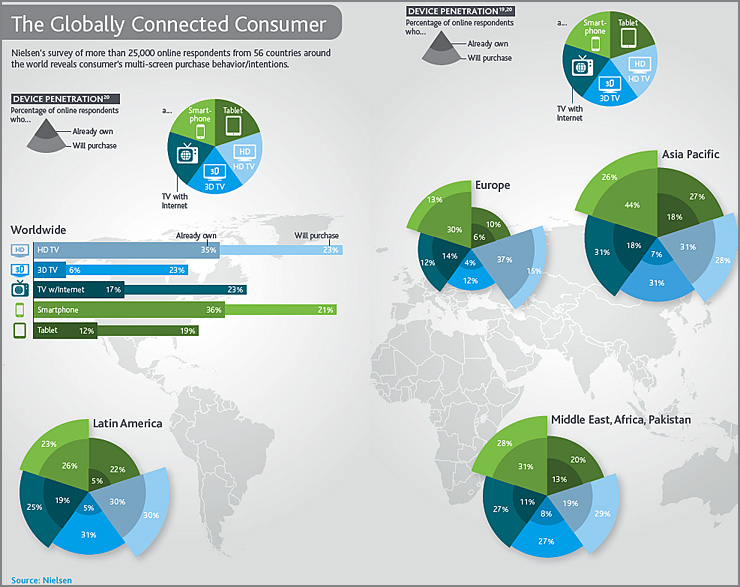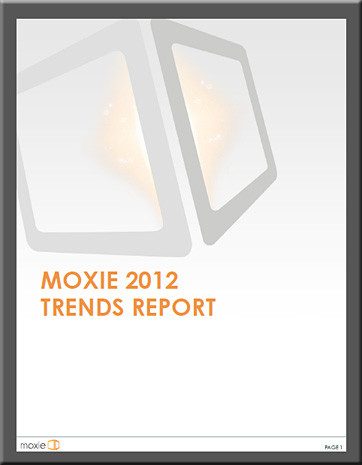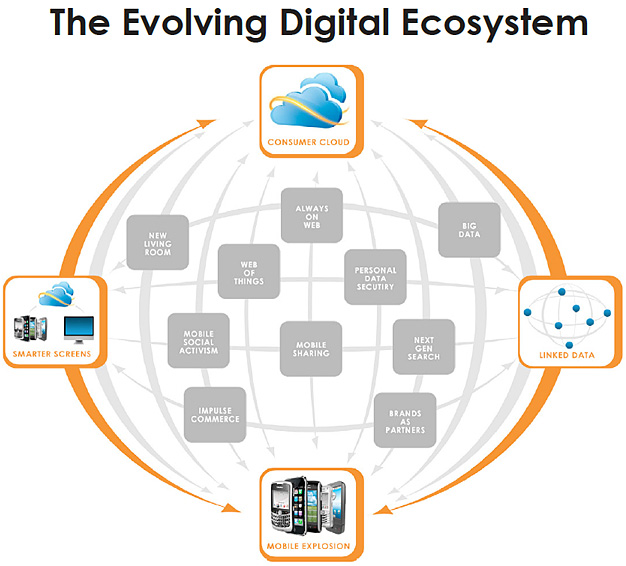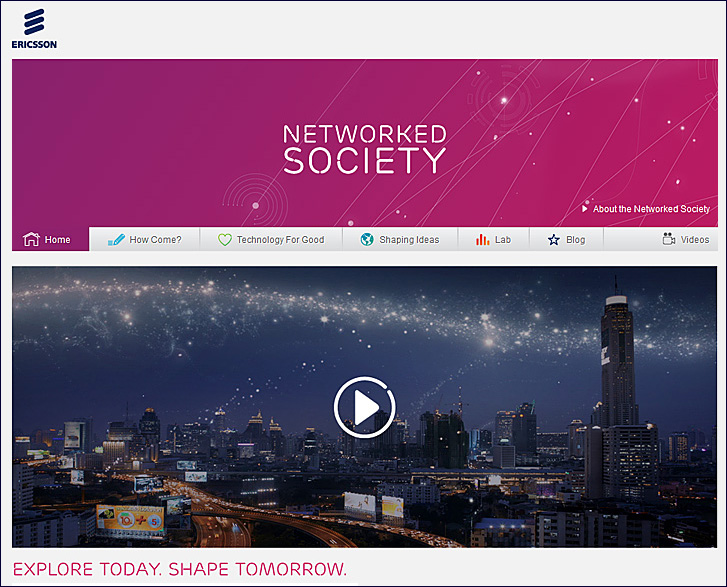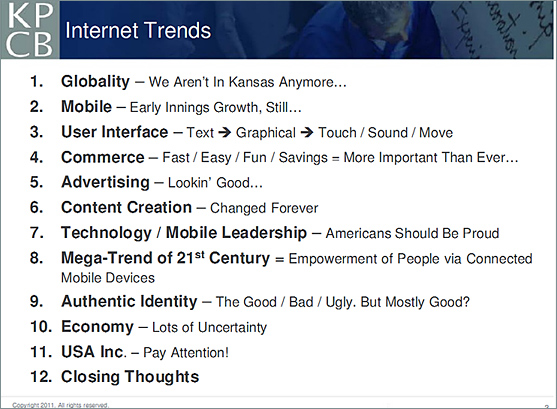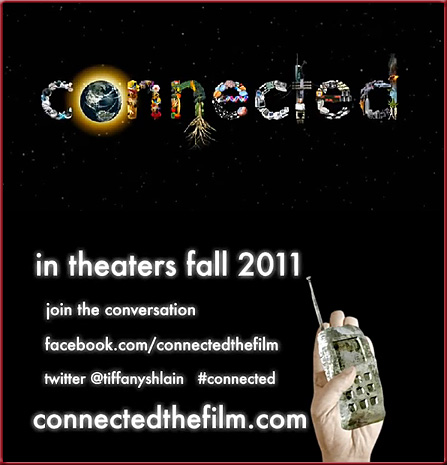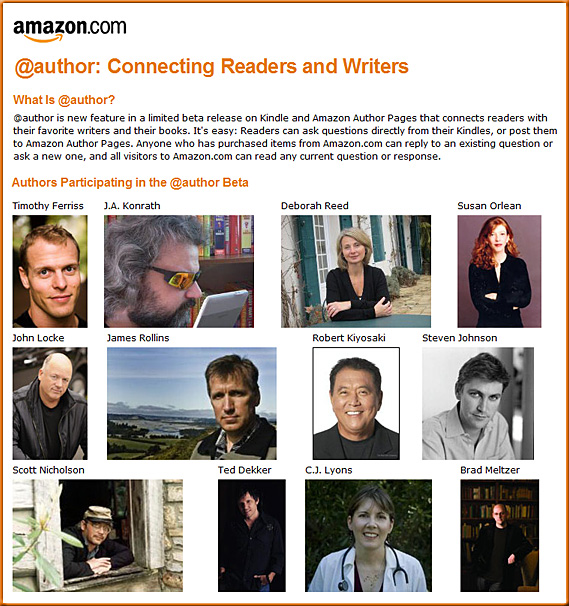Digital learning: What kids really want — from The Journal by Chris Riedel
Excerpt:
According to [Project Tomorrow CEO Julie] Evans, the data from those surveys indicated that students:
- Have a growing interest in social-based learning;
- Want to connect with and develop a personal network of expert resources;
- Are looking for tools that increase untethered learning; and
- Want a digitally rich learning environment, unencumbered by traditional rules.
Also:
Other things students at all grade levels are looking for include access to online tutoring, the ability to take online classes, access to real-word data and databases, greater access to teachers using SMS/text messaging, education-based virtual reality and games, and increased access to digital collaboration tools.










